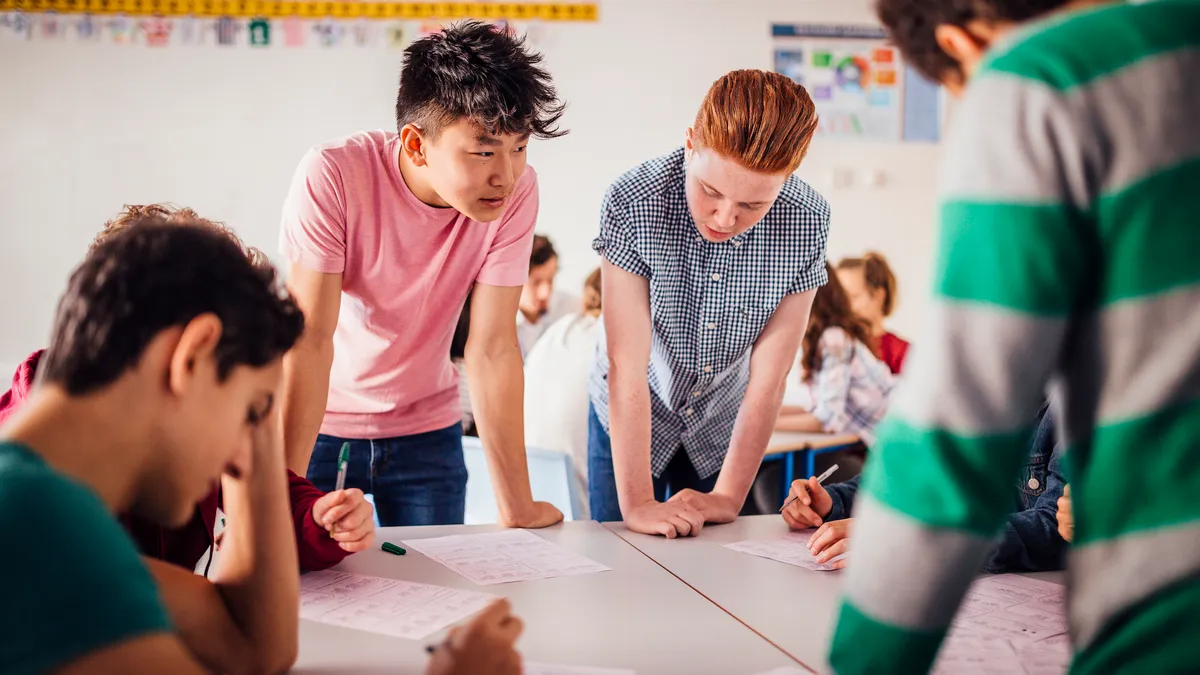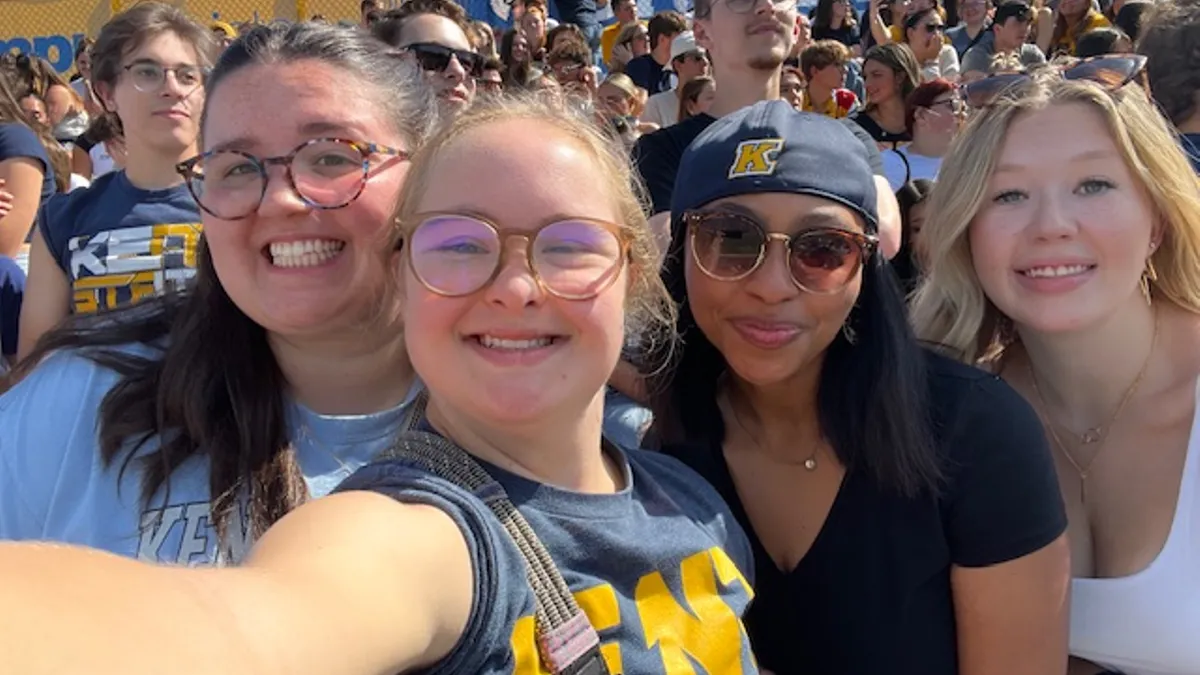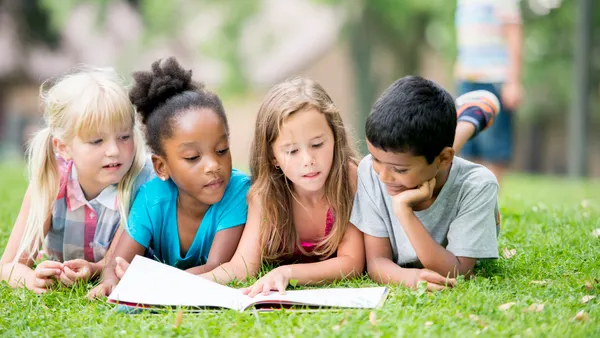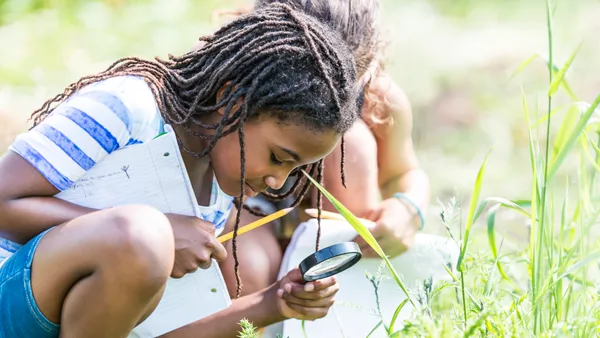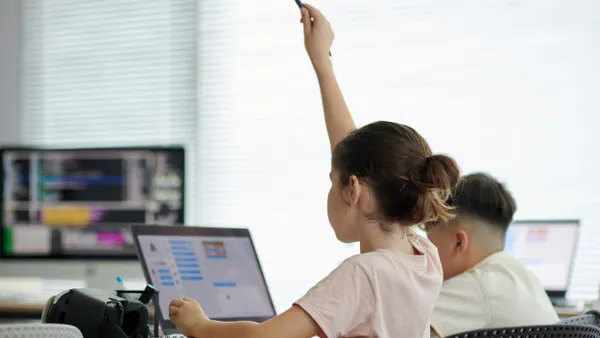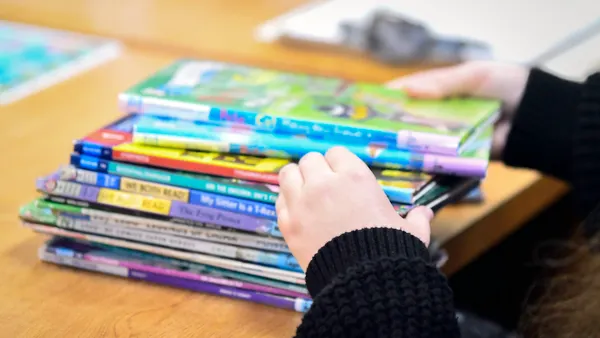Dive Brief:
- Giving students greater voice and even a leadership role in the classroom can help them develop critical thinking skills, bolster comprehension and engage more deeply with curricular material as the classroom dynamic becomes more relevant, inclusive and authentic, teacher educators say.
- To bring about this dynamic, the teacher can’t be the only person talking most of the time — no “sage on the stage” need apply — and instead should structure the lesson in an inquiry-based fashion, said Annaly Babb-Guerra, assistant professor and co-director of teacher residency at the New York University Steinhardt School of Culture, Education, and Human Development.
- “Students need to be viewed as experts, as well,” she said. “Students will start out with a question that the teacher poses … and then come up with larger questions that [original] question may make them think about: ‘Where can I explore further to get answers to this?’ They’re directing their own learning.”
Dive Insight:
Babb-Guerra suggested that social studies teachers, for example, use Socratic seminars in which students research and debate a topic in smaller groups before sharing out and attempting to reach consensus, perhaps tied to current events.
For example, “When talking about immigration, talk about what’s happening right now, in your community,” she said. “So students become experts — they can talk about what’s happening in their communities.”
An inquiry-based project in a science class might involve a student wondering why a shaken soda bottle explodes when it’s opened, Babb-Guerra said. “What information do I need to know to answer that question? Where can I go for it?” she said. “They’re driving that process. The teacher can say, ‘How about this resource?’ ”
Former high school science teacher Felicia Mensah, now a professor of science and education and chair of the department of mathematics, science and technology at Columbia University Teachers College, recalls asking students what they wanted and needed to learn. “Teachers often think they’re the most powerful person in the classroom. The students are,” she said.
When students are able to express all aspects of their identities in the classroom, their voices are all lifted, and they get to know one another on a deeper level, incorporating gender, race and class — which makes lessons more fun and engaging, and creates greater interest and investment, Mensah said.
“You need to look at each student and figure out their strengths and weaknesses,” she said. “And also not allow the traditional student who’s going to talk a lot” to dominate classroom discussions.
Mensah would position herself in the back of the classroom and give students opportunities to lead discussions, while also providing plenty of open time in class for collaboration. In her native North Carolina, where sports are king, she would conduct an exercise she called a “2-minute drill” where every student had to speak about what they learned that day.
“It’s just showcasing students and putting them out front, giving them a platform to talk — what did they learn, what do they think,” Mensah said. “It’s always about how can we promote students and see them in their very best light,” presenting their work on bulletin boards, podcasts and print media like newsletters.
When Andrew Torres, assistant professor of education at NYU Steinhardt, taught middle school and high school, he would engage students on day one by stripping his classroom walls bare except for a sign that said, “Mr. Torres’ Classroom,” in empty bubble letters. He asked students to sign their names within the bubbles.
“The idea was, ‘This classroom is nothing without you,’” he said. “You are as much owners of this classroom as I am. That was the language I used.”
In his middle school English language arts classroom, Torres asked students what they were reading, what music they listened to, and what they liked to draw — and he organized books in the classroom library accordingly, while their drawings ended up on the walls along with any other redecorating suggestions.
“Any time a student wanted to readjust things, I gave them the freedom to do that,” he said. “They were very much in control of the space.”
When he taught high school, students would bring in TikTok videos related to the subject they were learning about, and Torres asked them to present their learning process.
“It’s about trusting them to know what they want and giving them the space to co-construct it alongside you as an educator,” he said. “I gave them 10 minutes to run the floor. I might ask the class a question or give a prompt that led to a discussion.”
School principals and superintendents can become busy with administrative tasks and have less face time with students. Torres urges them to find as much face time as they can, so they can understand where students are coming from — and so they’re not hesitant about green-lighting classroom activities that diverge from the “sage on the stage” model.
“Spend time listening to student stories, maybe having interviews or town halls,” he said. “It’s important for their understanding of why those choices are being made in the classroom, which makes it easier for them to say, ‘Yes.’”
Babb-Guerra encourages teachers to make sure their administrators are on board with inquiry-based lessons that don’t precisely follow the scope and sequence of the curricula.
“Administrators should be open to teachers being more creative, as long as they can defend it, as long as they can say it’s meeting the standards,” she said.
“It’s still preparing [students] to do XYZ, but making sure they have that intellectual freedom to be more creative," Babb-Guerra said. "[Teachers] know their students best. Giving them more control over what they do in the classroom is important.”

